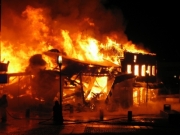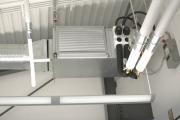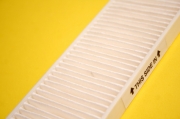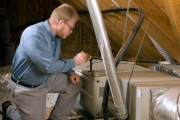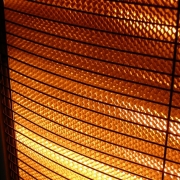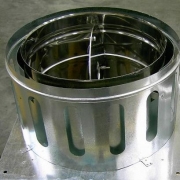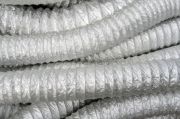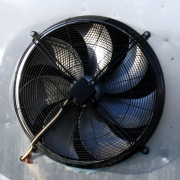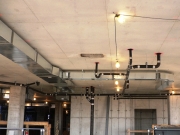Fire Dampers
Fire dampers are dampers which are forced to close in the event of a fire. There are different kinds of fire dampers, and they are classified according to the following factors: how they are actuated or forced to close; the physical constraints of their installation; and the fire rating of the ceiling, floor, or wall being penetrated.
